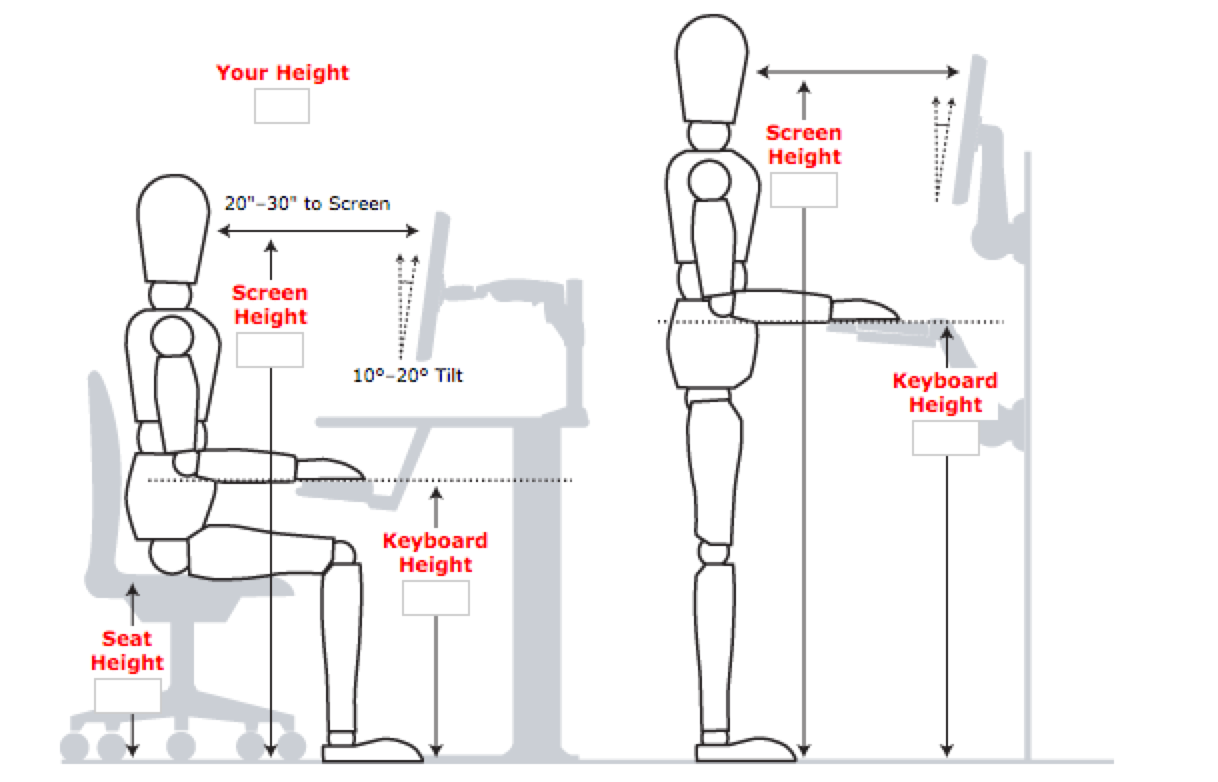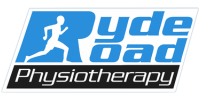Your body is designed to move. However, with the rapid technological advancements that took place in the mid-20th century we saw a transition from physically demanding jobs requiring people to move to more sedentary jobs.
Current statistics tell us that:
- 12 hours is the amount of time the average person is sitting a day[1]
- The 4th leading risk factor for global mortality is physical inactivity[2]
- 2 million deaths a year are related to physical inactivity[3]
- 125% increased risk in heart disease and 50% increased risk of death from any cause for those who spend four or more hours sitting per day [4]
Current research has shown that even if an adult was to take part in the recommended 150 minutes of moderate to vigorous activity per week, this does not compensate for the sitting you do in your daily desk job. Health risks include:
- Musculoskeletal disorders – mushy abs, tight hips, limp glutes, strained neck, sore shoulders and inflexible spine
- Cardiovascular disease – heart disease
- Diabetes – over productive pancreas
- Obesity
- Poor mental health – “foggy brain”
- Some cancers – colon, breast and endometrial
AIM: Alternate between sitting and standing every 30 minutes!
There is ever increasing evidence supporting movement. Low intensity activities such as standing, marching on the spot, stretching and walking play a significant role in your health. These activities have a vital metabolic role and account for more of our daily energy expenditure compared to moderate-to-high intensity activities.
TIPS to help you move more, sit less:
- Take short 1-2 minute stretch breaks every 30 minutes
- Switch to a stand up desk
- Have a standing or walking meeting
- Take phone calls in standing
- Keep at your desk side a print out of simple stretches
- Rotate between standing and sitting tasks across your shift
- Walk to deliver a message to a colleague rather than emailing
Your posture paints a picture. It says a lot about how your muscles, joints and body systems are working. Therefore, for the time that you do spend sitting, pay attention to your posture.
Here are some tips on how to set up your computer work station:
Chair height:
- Hips are bent slightly more than 90 degrees
- Feet flat on the floor or on a foot rest
Back rest height:
- Lumbar curve of backrest is level with your level curve (belt line)
Back rest tilt:
- Tilted so that your upper body is just off vertical (approximately 100-110 degree angle)
Monitor height:
- Eyes level with top 1/3 of screen
Monitor distance:
- Slightly less than arms length
Key board and mouse distance:
- No more than 5-15cm from edge of desk
- Directly in front of your body
Upper body:
- Head: ears, shoulders and hips aligned; chin tucked in
- Shoulders: relaxed away from ears (remove arm rests)
- Elbows: bent slightly more than 90 degrees
- Wrist: neutral with hands resting on keyboard
Lower body:
- Pelvis: feel for sitting bones
- Hips: as far back on the seat, bent slightly more than 90 degrees
- Knees: equal or slightly lower than hips, 3-4 finger distance between knees and seat

